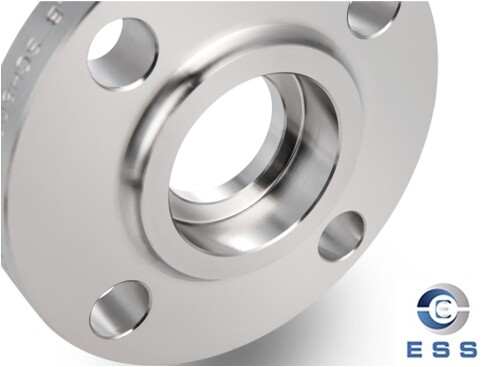
During the process of welding flanges, the
flange may be welded crooked due to various reasons. This not only affects the
appearance, but also may affect the safe operation of the equipment. So, what
can be used to pad the crooked flange? Here are some common methods.
Use special tools to pad
For crooked flanges, special flange
correction tools can be used for padding. These tools are usually designed and
made by experienced welders or engineers according to the actual situation of
the flange. When using, just place the tool on the crooked part of the weld,
and restore the flange to its normal position by applying appropriate pressure
and adjusting the angle.
Use pads to pad
If there is no special flange correction
tool, you can also use pads for padding. The pad can be made of metal or
rubber, and the specific choice depends on the material of the flange and the
working environment. Place the pad on the crooked part of the weld, and adjust
the height and position of the pad to gradually restore the flange to normal.
It should be noted that the thickness and size of the pad should be selected
according to the actual situation of the flange to ensure the padding effect.
Adjust the welding method
In addition to using tools and pads, you
can also prevent flange welding from being crooked by adjusting the welding
method. Before welding, the position and angle of the flange should be
carefully checked to ensure that they are in the correct state. At the same
time, the appropriate welding process and parameters should be selected
according to the material and size of the flange to ensure the welding quality.
During the welding process, a stable welding speed and temperature should be
maintained to avoid excessive deformation or stress.
Precautions
When performing flange gasketing, the
following points should be noted:
First, it is necessary to ensure that the
gasketing operation will not cause further damage or deformation to the flange.
Therefore, the force and angle should be controlled during the operation to
avoid excessive force or improper operation.
Second, after the gasketing is completed,
the welding part should be carefully checked to ensure that the flange has
completely returned to its normal position and there are no residual
deformation or cracks.
Finally, if the flange is seriously
distorted or cannot be rectified by simple methods, it is recommended to seek
the help of professional welders or engineers to ensure that the problem is
properly resolved.
Summary
In short, flange welding is not an
unsolvable problem. Flange manufacturer should choose appropriate gasketing methods and pay attention to operation
details. We can easily shim the distorted flange to ensure the normal operation
and safe production of the equipment.













 Eastern Steel Manufacturing Co.,Ltd not only improve product production and sales services, but also provide additional value-added services. As long as you need, we can complete your specific needs together.
Eastern Steel Manufacturing Co.,Ltd not only improve product production and sales services, but also provide additional value-added services. As long as you need, we can complete your specific needs together.










